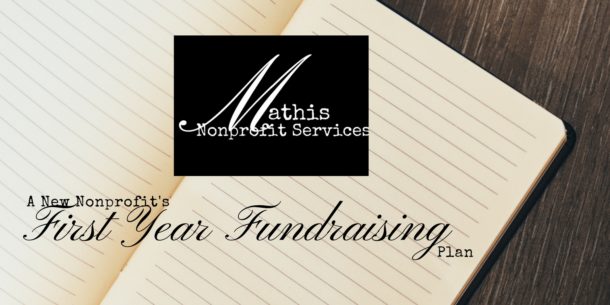Systems are an important part of nonprofit life. Systems help improve efficiency and train employees. Did you know systems can be used in grant writing to help make writing faster and keep the grant writer from never forgetting a detail?
So, you’ve researched the grant, found that your organization and the grant-maker shares common goals. You determine the next step is a letter of inquiry also known as the LOI. But how do you write one? What goes into a LOI? How do you create a system to make the process faster and not leave out a detail?
Here is my process for writing a letter of inquiry. I use my LOI worksheet to gather the information needed to write the LOI. You can get my free LOI Cheat Sheet so you can follow along.
Using the worksheet, I fill in as many answers to the questions that I can. I then use Post-it flags to color code the questions. I use the flag colors of green, yellow, orange, blue, and pink. Green is used for questions I can research online. I simply write the info I need on the flag. Yellow flags are for questions where I think the answer is in provided resources. This can be budget items, emails with information, annual reports, or promotional materials. I write where I think I can find the answer on the flag. Orange flags are used for common information. This information is found in a previously written LOI or when you have made a quick part in Word. (Go here for instructions on quick parts in Word.) Blue flags remind me that I need to contact someone outside the organization for specific information. Pink flags are for information needed from someone inside the organization. On both blue and pink flags I have who I need to contact, info needed, and the date contacted. The worksheet has a key in the footer to remind you of the color coding. I find the flags help me see what information I need at a glance and if I need to follow up with anyone.
Once I Have Filled in As Much Information as I Can
I email or contact the people with blue or pink flags. It may take some time for them to get back to me and I can work on other parts while I wait for their information. I also add a reminder to my calendar to follow up with these people in two days for the information. Remember your LOI is only a priority for you. Next, I began researching the green flags and move to the yellow flags. I copy and paste any sections from a previous LOI I need into the worksheet or wait until I actually write the letter. I continue with this process until all the questions are answered.
Time to Write the Letter of Inquiry
When the questions are answered, I am ready for my first draft of the LOI. Using the worksheet, the headers mark the paragraphs and the answers to the questions are your sentences in the paragraphs. If you type the answers into the worksheet, you can copy and paste into a letter template, making sure the ideas flow into each other. If you put pen to paper like me, begin writing your LOI with the worksheet as your guide. LOI should be no longer than three pages, keeping the letter as succinct as possible.
I re-read the draft and make any changes as needed. If I’m still unsure, I ask someone outside the organization (or program) to read it and give me feedback. Having someone that doesn’t know about the project helps to make sure the grantor will understand your request.
Don’t forget your Cheat Sheet!



 Most nonprofit leaders lay awake at night trying to figure out how to fund their mission.
Hi! I'm Alesha.
I teach sustainable fundraising in a way that they can take action today so they can serve their clients.
I can help you move from just getting started funding your new nonprofit to gaining confidence in your fundraising and building relationships to knowing what works for your organization and looking at the infinite game when it comes to funding. I’ve worked with nonprofit Founders and written the book I HAVE MY 501(C)3! NOW WHAT?!? Your Blueprint to Starting Your Nonprofit Without Being the Sole Funder that lays the foundations for funding in a new nonprofit.
I’ve worked in Development (Fundraising) Departments in large organizations and I know the no cost, low-cost methods they use to bring in funding. I bring those sound strategies to the nonprofits I serve.
Most nonprofit leaders lay awake at night trying to figure out how to fund their mission.
Hi! I'm Alesha.
I teach sustainable fundraising in a way that they can take action today so they can serve their clients.
I can help you move from just getting started funding your new nonprofit to gaining confidence in your fundraising and building relationships to knowing what works for your organization and looking at the infinite game when it comes to funding. I’ve worked with nonprofit Founders and written the book I HAVE MY 501(C)3! NOW WHAT?!? Your Blueprint to Starting Your Nonprofit Without Being the Sole Funder that lays the foundations for funding in a new nonprofit.
I’ve worked in Development (Fundraising) Departments in large organizations and I know the no cost, low-cost methods they use to bring in funding. I bring those sound strategies to the nonprofits I serve.